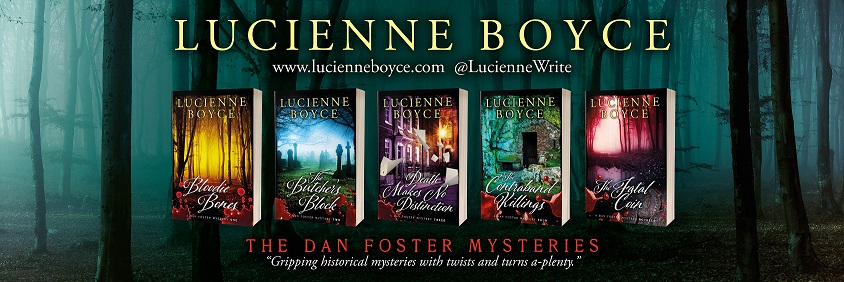Lies at Her Door is a psychological thriller set in one of the more affluent parts of affluent Clifton in Bristol. As a Bristolian, I enjoyed the setting and recognising places familiar to me – though it can feel a bit disconcerting to picture murky deeds and doings going on in them! Still, murky deeds and doings can take place anywhere, as thrillers like this suggest.
Lucy Freeman is in
her thirties and after a lifetime of put-downs from her fashion-model-thin and
impeccably dressed mother is low on self-esteem. She’s always been unfavourably
compared to her rock-star brother who is handsome, glamourous, rich and
self-centred. Now her mother is disabled by Parkinson’s, Lucy has to stay at
home to look after her, which she does lovingly and conscientiously. Her
father, a university lecturer, isn’t much help, and does little to support his
daughter. Lucy’s life is about as bleak as it can be.
Something needs to
change. Unfortunately, change is often not for the better and things get much
worse for Lucy when a skeleton is discovered and she is suspected of murder. The
mystery opens in great style: the remains are exposed in front of a crowd when
a sink hole appears during a Christmas carol concert in the communal garden near
the Freemans’ house. It seems far fetched, but in fact the sink hole is based
on a real event, with a few exciting fictional embellishments of course.
The
story is cleverly told from two points of view, Lucy and Neil, the detective
who is convinced of her guilt. The characters are all well drawn, and I especially
liked the neighbours and the sense of a small community or enclave which intensifies
the narrowness of Lucy’s life. The mystery unfolds in a very satisfying way,
and there’s also a bit of match-making along the way to add to the interest.
One aspect that
did interest me was the way that Lucy uses comfort eating as a way of coping
with her problems. I found some of her recipes particularly unappetising – the squares
of chocolate sandwiched between buttered toast for instance. Like so many
women, she has been made to feel ashamed of her body, and so feeding that body
has become a shameful act. Hence, she hides bars of chocolate – they are
“clandestine” – and when she eats, she feels guilty. It’s a predicament too many
girls and women find themselves in and I thought the author handled it sensitively.
The truth is that the eating is not the problem, it’s how Lucy has been made to
feel about herself. Unless she starts to have self-belief she will probably
never have a healthy relationship with food.
So do things
improve for Lucy? I hoped they would! By the end of the book there have certainly
been many changes, but whether for better or worse I’ll leave you to read for yourself.
I will say that the ending of this page-turning thriller does not disappoint!



Comments
Post a Comment